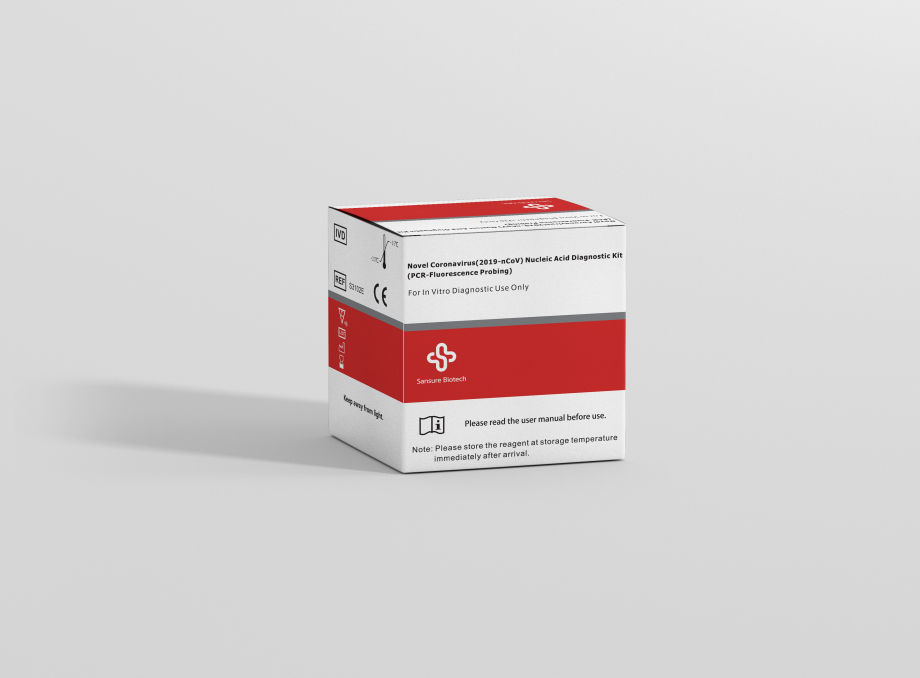Can Heart Disease Begin in the Gut?

One last and underappreciated means by which the small, dense LDL particles may overexpress in the body is through an unhealthy gut. 16 Within the sanctuary of our intestines resides an impressive population of bacteria. Most of the time, these bacteria are friendly and enhance our lives in invisible ways. But when we neglect to maintain their home turf, bacterial fragments can “bleed” into our circulation, causing major problems
One of these normal bacterial components is lipopolysaccharide, or LPS, also known as bacterial endotoxin (meaning “internal toxin”). Under normal circumstances, this endotoxin is kept safely in your intestines, much like the highly corrosive hydrochloric acid that is kept in your stomach. But unlike the stomach, the lower GI tract is a place of active transport of nutrients into circulation.
It’s quite a selective system, but as a result of our Western diets and lifestyles, the barrier that controls these transactions can become inappropriately porous, allowing LPS to seep through.
DOCTOR’S NOTE: HDL THE GOOD, THE BAD, AND THE FUGLY
Before medical school, when a doctor started talking to me about good cholesterol and “bad cholesterol,” my eyes glazed over. Say what? Now, when a doctor talks to me about “good cholesterol” and “bad cholesterol,” my eyes still glaze over, but for a different reason–because when you go down the rabbit hole, the good/bad analogy becomes laughably simplistic.
The previous section focuses on the LDL story because all else equal, more LDL particles floating around for longer means higher disease risk. High-density lipoproteins, or HDL, the good cholesterol, on the other hand, are less well understood–but just like LDL, the total amount of cholesterol in your HDL test may be less important than the number of healthy, functional particles you have
Statins: The Brain Drain
One result of the widespread fear surrounding cholesterol is the meteoric increase of prescriptions for a type of cholesterol-lowering medication called statins. If you’re still a few decades away from being prescribed one, chances are you’ll find a bottle in your parents’ medicine cabinet. It’s clear what they are because their chemical names all end in – statin. An estimated twenty million Americans take statins, making them the most widely prescribed class of drug in the world.
DOCTOR’S NOTE: WHY WE’RE WARY OF STATINS
The paradigm under which statins were originally studied, and for which the strongest data in support of their use exists, was secondary prevention preventing a heart attack after you’ve already had one.




